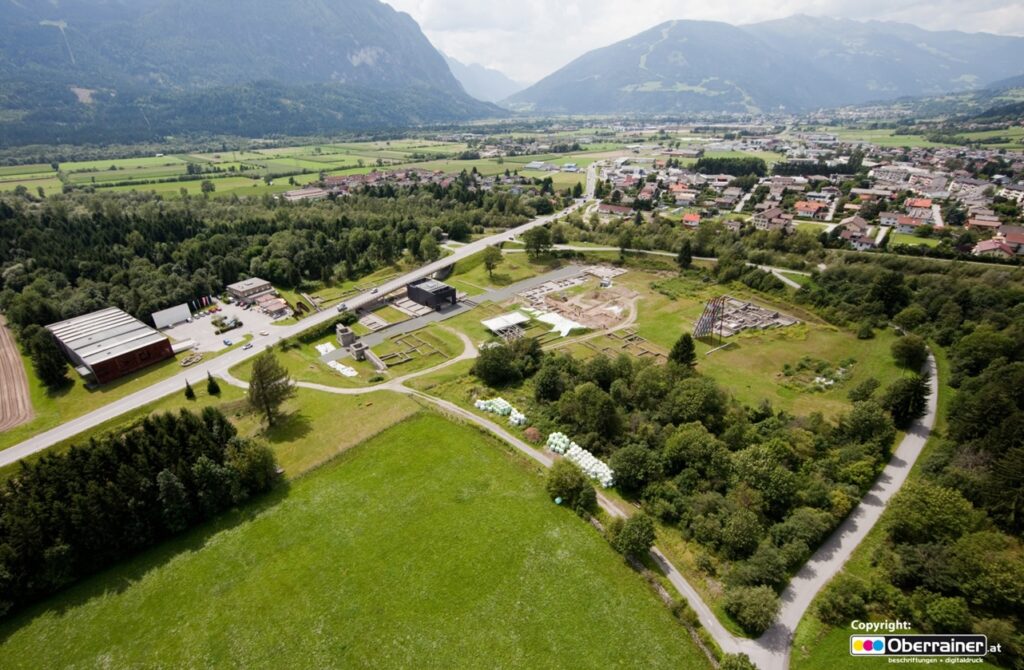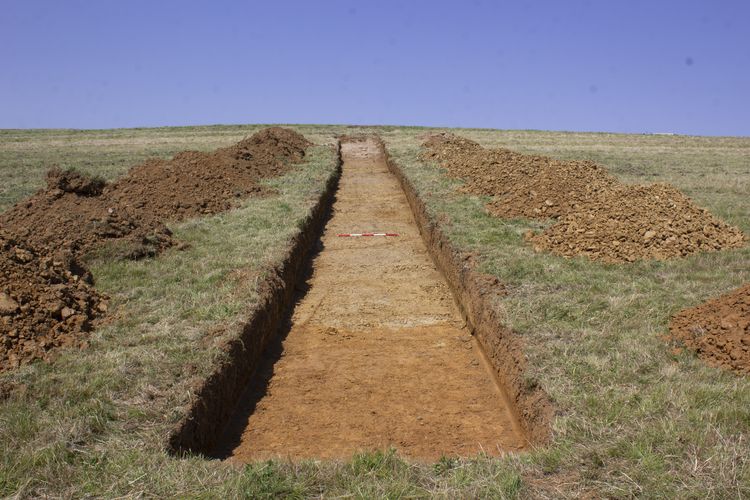Our sibling publisher, The Internet Archaeology Journal has recently published the latest Europae Archaeologiae Consilium (EAC) symposium proceedings – ‘Archaeology and the Natural Environment’. IA has published the EAC symposium proceedings since 2017 and now hosts the proceedings for the last seven meetings.
Below we provide some information about the EAC and summarise the seven EAC symposium proceedings that have been published in Internet Archaeology. These proceedings cover a wide range of contemporary themes in archaeology and heritage management including climate change, public benefit and development-led archaeology.
The Europae Archaeologiae Consilium (EAC) is an international non-profit organisation that was created to support the management of the archaeological heritage throughout Europe. The EAC provides a forum for national archaeological and heritage management organisations to cooperate and exchange information and meets once a year in February / March at their annual meeting. Each meeting is held in a different European city and includes both the Annual General Meeting and a symposium that focuses on a specific archaeological heritage management topic. Each of the proceedings include perspectives and case studies from European member states from across the continent.
The most recent proceedings issue, published in March this year, was themed around Archaeology and the Natural Environment. Below are links to each resource and a short description of the contents:

Picker, A (ed) 2023 Archaeology and the Natural Environment, Internet Archaeology 62 https://intarch.ac.uk/journal/issue62/index.html
As outlined in the foreword (Sloane 2023), this issue covers three key aspects of archaeological heritage management and the natural environment; archaeology as a source of information about past ecosystems, the contribution of archaeological sites and monuments to biodiversity and finally the tensions between the laws and policies of archaeological heritage management and those of natural environmental management.
Fluck, H. and Guest, K. (eds) 2022 Climate Change and Archaeology. Internet Archaeology 60. https://intarch.ac.uk/journal/issue60/index.html
This volume presents the proceedings of the 22nd symposium on the topic of Climate Change and Archaeology. The papers in this volume are seen as providing “some tentative steps towards a ‘climate first’ approach to heritage” (Fluck and Guest 2022), and include discussion of the challenges faced by archaeologists and archaeological sites to the changing climate, as well as opportunities for discovery, including the relationship between heritage and the natural environment.
Watson, S. (ed) 2021. Archaeology and Public Benefit, Internet Archaeology 57. https://intarch.ac.uk/journal/issue57/index.html
The proceedings for the 21st EAC Symposium in 2020 were related to the issue of Archaeology and Public Benefit. The symposium challenged attendees to “reflect upon the challenge of positively shaping the future and embedding the concept of public benefit into our practice” (Watson 2021). The papers reflect how public benefit in archaeology is viewed across Europe, including some of the challenges involved in changing how archaeologists work in developer-led archaeology.
Corlett, C. 2020. Archaeological Sites and Monuments in the Care of the State, Internet Archaeology 54 https://intarch.ac.uk/journal/issue54/index.html
The 2020 symposium proceedings focused on Archaeological sites and monuments in the care of the state. This event recognised the different roles that the member states of Europe hold in the management of archaeological remains and the different histories behind the development of those divergent approaches. The papers presented discuss the conservation, protection, interpretation, sustainability and accessibility of sites and monuments in the care of the different member states (Corlett 2020).
Stefánsdóttir, A. (ed) 2019 Development-led Archaeology in Europe: Meeting the needs of archaeologists, developers and the public, Internet Archaeology 51 https://intarch.ac.uk/journal/issue51/index.html
This contribution reflected the European Year of Cultural Heritage 2018 and focused on Development-led Archaeology in Europe: Meeting the needs of archaeologists, developers and the public. This symposium aimed to encourage “discussion between heritage management professionals, developers, archaeologists working in the field and the public” to strive to “ meet the needs of these very different stakeholders” (Stefánsdóttir 2019). The presentations and subsequent articles reflected the different stakeholders and perspectives of those involved in cultural heritage (e.g. professional archaeologists, cultural heritage managers, the media and the public).
Degraeve, A. 2018 (ed) Dare to Choose — Making Choices in Archaeological Heritage Management, Internet Archaeology 49. https://intarch.ac.uk/journal/issue49/index.html
In 2017 the symposium focused on ‘Making Choices in Archaeological Heritage Management’. Choices are made at different stages of the heritage management process and these decisions are affected by multiple interests, where social, financial, legal or logistical (Degraeve 2018). The agenda for this meeting examined the transparentness of choices and selection in archaeological heritage management, the development of an infrastructure to support making informed choices and opening up the discipline to allow other stakeholders and interested parties in this process.
May, K. (ed). 2017 Digital Archaeological Heritage. Internet Archaeology 43 https://intarch.ac.uk/journal/issue43/index.html
The first symposium proceedings published in Internet Archaeology, back in 2017, was aptly on the topic of Digital Archaeological Heritage. This event reflected on the speed at which digital technologies were developing and the new possibilities for the conduct and presentation of archaeological research and investigation (May 2017). Items of discussion included how digital technologies could be used to share, connect and access archaeological information, encouraging cooperation with other disciplines to share data and how we can aim for the greatest access to digital archaeological resources. The papers in this volume demonstrate a diversity of approaches and projects that have since come to fruition (e.g. Ariadne data portal).
These volumes deal with a wide spectrum of important contemporary issues facing archaeologists and represent a key resource for future research and discussion into the profession across Europe. Watch this space for a follow up blog post, which will examine some of the usage statistics that we collect for these different volumes, including some altmetrics, and demonstrate the wider impact of both these EAC volumes and Internet Archaeology as a whole.






